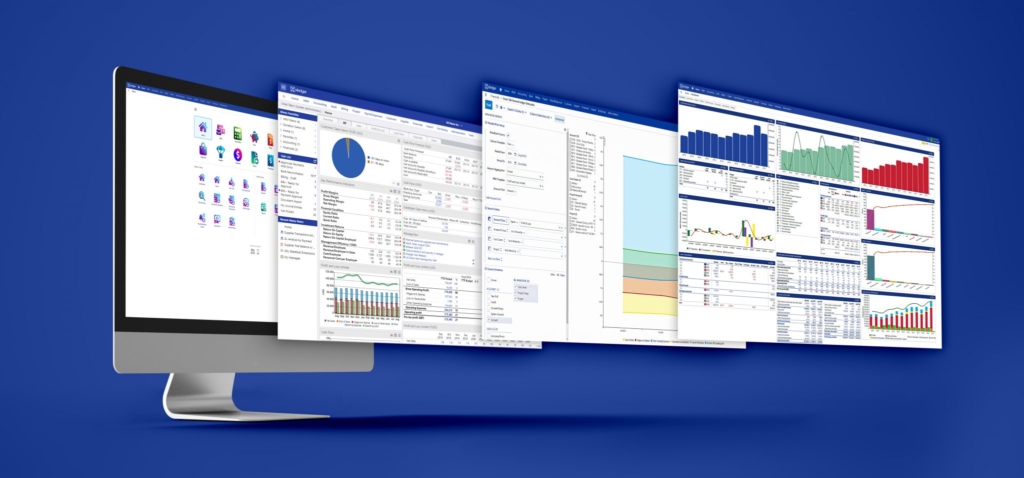Blogs
Is your nonprofit’s finance software still fit for its purpose?

If you’re questioning whether your nonprofit’s finance software is still fit for purpose, it’s a good idea to start in two places. Firstly, establish when it was that you bought your current finance system. Secondly, consider how much your company and the world around you have changed since.
Software that was suitable ten years ago will unlikely meet the same requirements today – something as simple as growth can mean a finance system is no longer fit for purpose. To avoid reaching a critical point where your nonprofit bursts at the seams, taking the time to think about whether your current finance software is still fit for purpose can save you a lot of trouble down the line.
Here are the key questions to consider:
How accessible is your finance system?
For many charities, a big challenge they have faced is how to access the finance system remotely. Such a basic requirement has felt monumental, as, by design, on-premise systems require people to be on-site to run basic finance tasks. When attempting to access these on-premise systems remotely, finance teams are faced with painstakingly slow and unreliable remote desktop or VPN connections.
By using cloud-based finance software, finance teams have access to their financial data from anywhere with an internet connection, at any time. From invoicing to reporting, all finance functions can be effortlessly carried out, regardless of location. At a time when remote working is the norm, the cloud is the tool to make your finance team streamlined and efficient.
How does your system cope with the demand of period or year-end reporting?
By nature, financial reports are out of date as soon as they are published, as the live data continues to flow. This is exacerbated by the days or weeks of collation and analysis required before the reports are ready to present. Consider how much valuable time is taken up with issuing budgets or income and expenditure to your organization. Could the process be more efficient?
With the live click-of-a-button, modern finance software creates reports accessible on demand. Through configurable roles and dashboards, department heads and board members can access the system to self-service reports, giving valuable time back to your finance team.
How much work are you doing outside of the system?
Nonprofit finance departments tend to analyze large amounts of data in multiple spreadsheets. Data is exported from the finance system into Excel, analyzed, passed around for approval or validation, all before being sent back into the system. This level of manipulation outside the system leads to multiple versions of the truth, and important reports are left vulnerable to errors.
Modern finance software has in-system, multidimensional reporting tools that provide one, live version of the truth. As well as reducing human error, your finance team can slice and dice the data down to a transactional level, empowering your nonprofit with increased insight and control.
How much time is spent on manual, repetitive tasks? And how much is spent being strategic and analytical?
Typically, most finance processes and workflows are heavily dependent on paper. Finance teams often find themselves bogged down with time-consuming, repetitive manual tasks instead of analyzing data to make strategic decisions that will add the most value. Some charities have taken the step to connect their finance system with a document management system to reduce manual tasks, however, multiple systems with various login or security often create their own problems.
Data processing can be automated, so regular and/or repeat items are no longer time-consuming, freeing up time for the team while improving job satisfaction. Plus, inbuilt document management systems guarantee that all information is stored in one place, and supporting documents can be attached to transactions and records, so they’re easy to find.
How easy is it to stay up to date with the latest software version?
Upgrades typically mean expensive professional services and downtime. What’s more, the lengthy processes that surround a software update mean your nonprofit could be running on a former software version for weeks or months.
With cloud-based finance systems, new items and updates are available at ease, so you’re always up-to-date and compliant (as we have seen with MTD) and running on the latest software improvements.

Are these real issues in your nonprofit? I hope this article has given you some perspective as to how you can assess today, to know what you need to change for a better tomorrow.
Is your nonprofit’s finance software still fit for its purpose? Get in touch with us today to start the conversation and receive a free consultation about how we can help your nonprofit.

